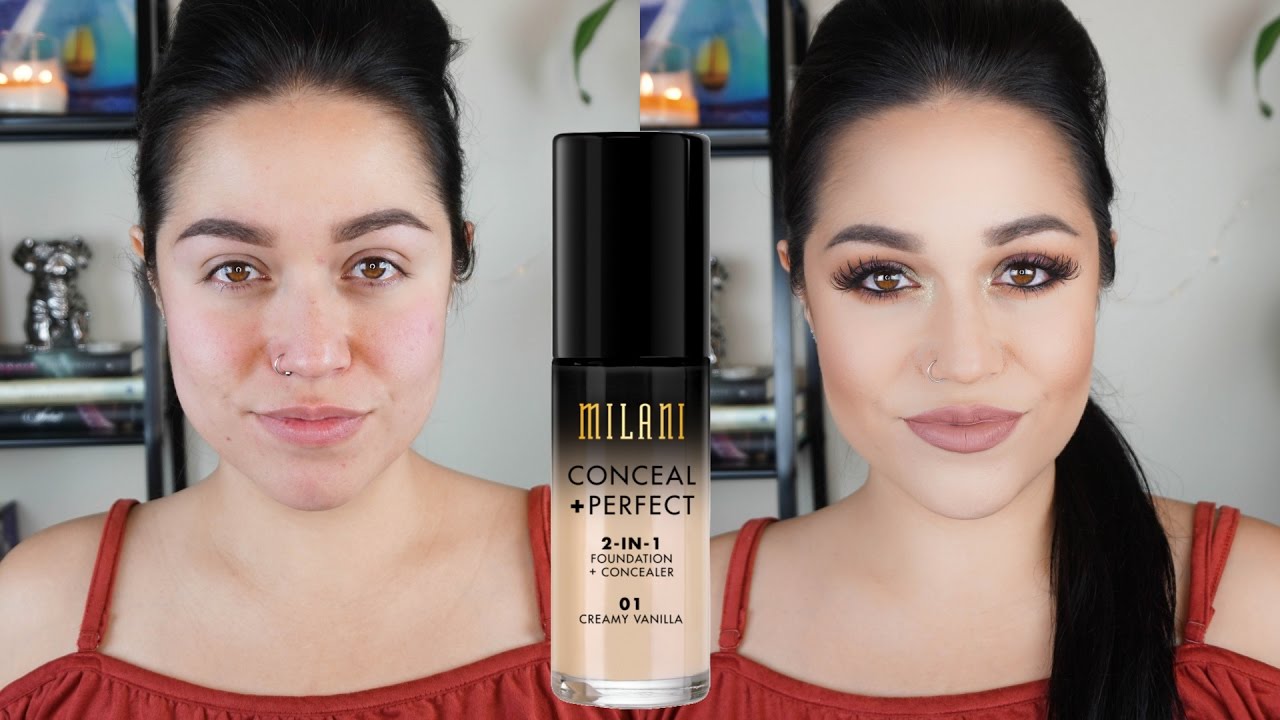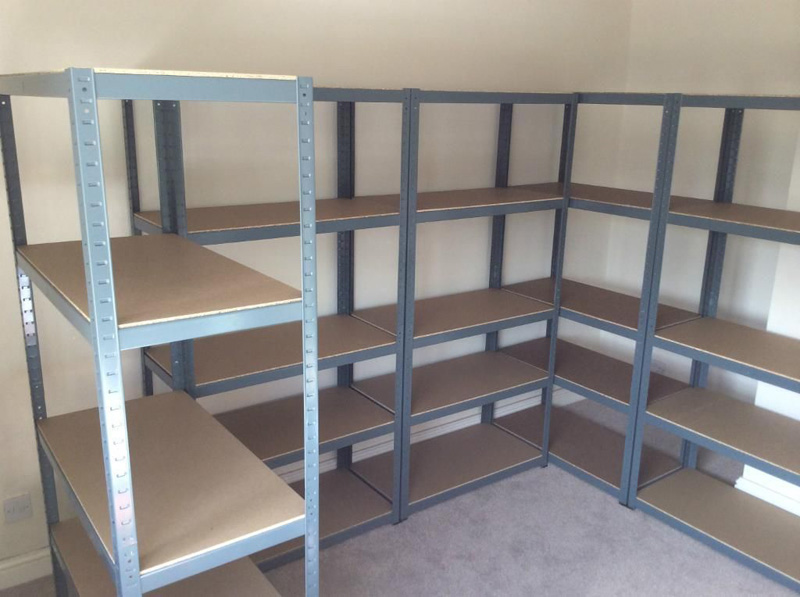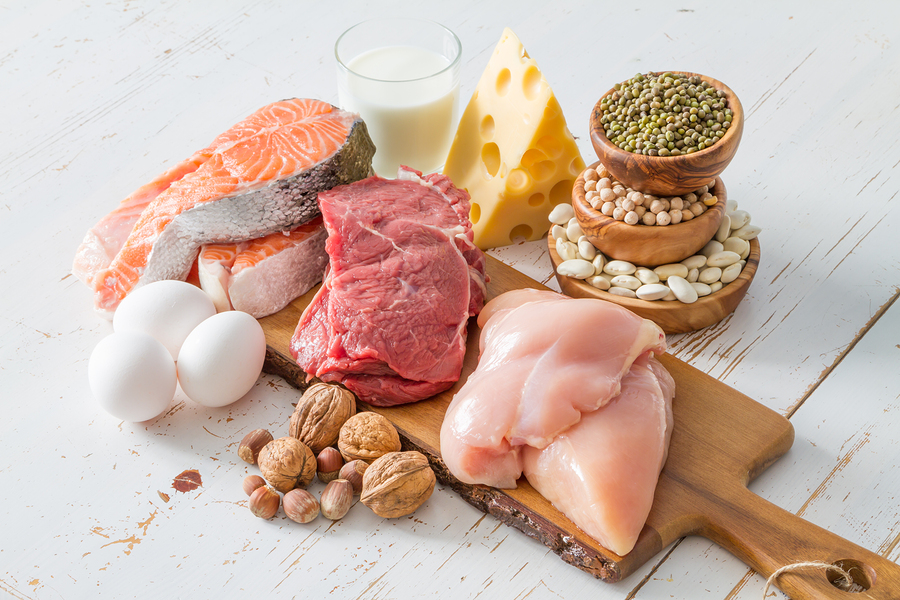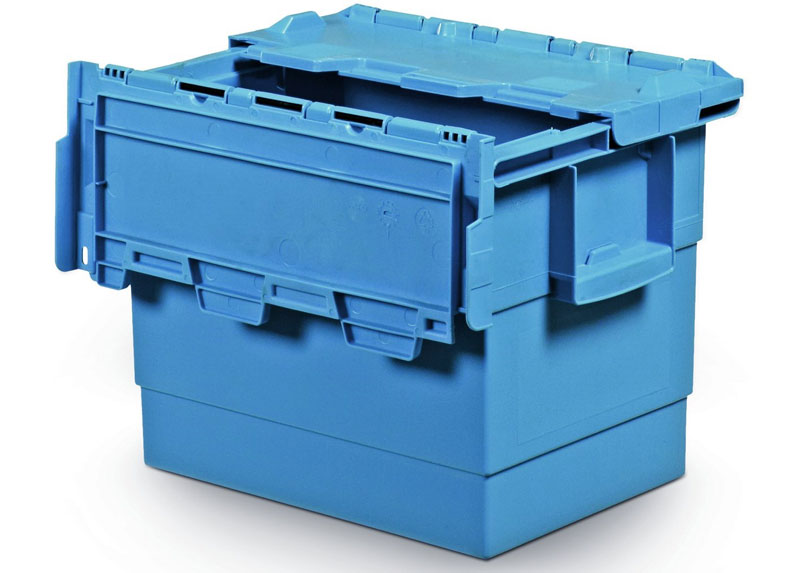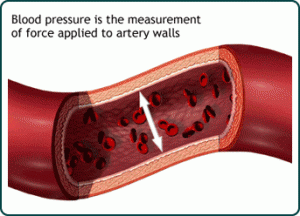 High blood pressure (HBP), also known as hypertension (HTN) or arterial hypertension is a chronic medical condition affecting one in four Americans and millions of people worldwide. With this condition, the blood pressure in the arteries is elevated.
High blood pressure (HBP), also known as hypertension (HTN) or arterial hypertension is a chronic medical condition affecting one in four Americans and millions of people worldwide. With this condition, the blood pressure in the arteries is elevated.
When the blood pressure in the arteries is higher than normal, it requires the heart to work harder than normal in order to pump blood through the blood vessels. Blood pressure is determined by two measurements – systolic and diastolic – which take into account whether the heart muscle is contracting (systole) or relaxed between beats (diastole).
[adsenseyu1]
Age plays a role in determining the “normal” blood pressure, but generally this should lay within the range of 100 – 140 mmHg systolic (the top reading) and 60 – 90 mmHg diastolic (bottom reading). When the blood pressure is persistently at or above 140/90 mmHg it is considered high.
Classification
Hypertension, or high blood pressure, breaks down into two categories: primary (essential) hypertension and secondary hypertension. The vast majority of cases (90 – 95 percent) are categorized as primary hypertension, which means the high blood pressure has no obvious underlying medical cause. The remaining 5 – 10 percent of cases are considered secondary hypertension, and appear as a result of other conditions that affect the kidneys, arteries, heart or endocrine system.
Risks Associated with High Blood Pressure
Hypertension is a major risk factor for stroke, myocardial infarction (more commonly known as a heart attack), heart failure, aneurysms of the arteries, peripheral arterial disease. Hypertension can also cause chronic liver disease. People suffering from high blood pressure can improve BP control and decrease the risks of associated health complications by making proper dietary and lifestyle changes, but drug treatment is usually necessary if those changes prove insufficient or ineffective.
Signs & Symptoms – How To Detect High Blood Pressure
The condition itself rarely comes with any signs or symptoms, which makes it all the more dangerous. High blood pressure is usually detected through screening, or when people seek healthcare for some other, unrelated condition. On the other hand, some people struggling with hypertension have reported having headaches (particularly at the back of the head and in the morning), lightheadedness, vertigo, tinnitus (often described as a buzzing or hissing in the ears), altered vision, or even fainting.
Upon a physical examination, the presence of hypertensive retinopathy found through ophtalmoscopy when examining the optical fundus in the back of the eye can indicate hypertension. The severity of the hypertensive retinopathy changes is typically graded from I to IV, though the milder types may be more difficult to distinguish from each other. Ophtalmoscopy findings may also indicate how long the patient has been hypertensive. Some people are diagnosed with high blood pressure after years of not knowing, while the condition ravaged the body.
Hypertensive Crisis
Extremely high blood pressure levels, equal to or greater than 180/110 is referred to as “hypertensive crisis,” as blood pressure above these levels typically confer a high risk of complications. This condition is also known as malignant or accelerated hypertension.
People with blood pressure in these severely elevated ranges may notice no symptoms, but are more likely to experience headaches and dizziness compared to the general population. Other potential symptoms of a hypertensive crisis include visual deterioration or breathlessness due to heart failure, or a general feeling of malaise caused by renal failure. Most people in a hypertensive crisis usually have high blood pressure all the time, but additional triggers may have caused a sudden rise.
When there is evidence that severely elevated blood pressure may cause direct damage to one or more organs, the hypertensive crisis escalates into a hypertensive emergency. This may include hypertensive encephalopathy, which is caused by brain swelling and dysfunction. Hypertensive encephalopathy is usually accompanied by headaches and an altered level of consciousness, i.e. drowsiness or confusion. Another sign of organ damage is retinal papilloedema and/or fundal hemorrhages and exudates.
Chest pain may suggest heart muscle damage, which in turn may progress to myocardial infarction or, in some cases, aortic dissection (the tearing of the inner wall of the aorta). Meanwhile, breathlessness, cough, and the expectoration of blood-stained sputum indicate pulmonary edema, i.e. the swelling of lung tissue caused by left ventricular failure – the right ventricle of the heart cannot properly pump blood from the lungs into the arterial system by itself.
A hypertensive emergency can also cause rapid deterioration of kidney function, also known as acute kidney injury, as well as microangiopathic hemolytic anemia, i.e. destruction of blood cells.
In hypertensive urgencies where there is no evidence of target organ damage, blood pressure may be lowered gradually, as over aggressive reduction of blood pressure carries its own risks. Such hypertensive urgencies typically commend oral medications to lower blood pressure gradually over 24 to 48 hours.
High Blood Pressure During Pregnancy
Approximately 8 – 10 percent of pregnant women suffer from hypertension during pregnancy. Most of them have pre-existing primary hypertension, but high blood pressure during pregnancy must be taken very seriously because it may be the first sign of pre-eclampsia – a serious condition of the second half of the pregnancy and puerperium.
Characteristic signs of pre-eclampsia are elevated blood pressure and the presence of protein in urine. Pre-eclampsia affects roughly five percent of pregnancies and is responsible for as much as 16 percent of all maternal deaths globally. This condition also doubles the risk of perinatal mortality. Pre-eclampsia usually has no symptoms, but it can be detected by routine screening. When symptoms do occur, the most common include headaches, visual disturbance, vomiting, epigastric pain, and edema.
[adsenseyu1]
In severe cases, pre-eclapsia can progress to the life-threatening condition called eclampsia, which is a hypertensive emergency and can lead to several serious complications including cerebral edema, vision loss, seizures or convulsions, renal failure, pulmonary edema, and disseminated intravascular coagulation (a blood clotting disorder).
High Blood Pressure in Infants and Children
Symptoms such as seizures, failure to thrive, irritability, lack of energy, and difficulty breathing can be associated with high blood pressure in neonates and young infants. When hypertension affects older infants and children, it can cause headaches, unexplained irritability, failure to thrive, fatigue, blurred vision, nosebleeds or, in more severe cases, facial paralysis.
What Causes High Blood Pressure?
As previously mentioned, primary (essential) hypertension is the most common form of high blood pressure, accounting for 90 – 95 percent of all cases. Blood pressure typically rises with aging, which means there is a considerable risk of developing high blood pressure later in life. High blood pressure stems from a complex interaction of genes and environmental factors.
Medical advances managed to identify numerous common genetic variants with small effects on blood pressure, as well as some rare genetic variants with large effects on blood pressure. The genetic basis of hypertension, however, still remains poorly understood for the most part.
Blood pressure can be influenced by several environmental factors, and certain lifestyle changes have proved beneficial in reducing high blood pressure. Such lifestyle changes include reducing dietary salt intake, consuming more fruits and low-fat products, reducing alcohol intake, as well as exercising and losing weight.
Contrary to popular belief, stress seems to play a minor role in developing hypertension, as specific relaxation techniques are not supported by evidence. It is not yet very clear whether caffeine consumption and vitamin D play a major or a minor role in elevating blood pressure. Insulin resistance, meanwhile, is considered a contributing factor. More recent studies have also linked high blood pressure to events early in life, such as low birth weight, maternal smoking, or lack of breast feeding, as factors for adult primary hypertension.
While primary (essential) hypertension has obscure causes, secondary hypertension stems from an identifiable cause. Renal disease is the most common cause of secondary hypertension. Other causes include endocrinal conditions such as Cushing’s syndrome, hyperthyroidism, acromegaly, Conn’s syndrome or hyper aldosteronism, hyperparathyroidism, and pheochromocytoma. Obesity, sleep apnea, pregnancy, coarctation of the aorta, excessive liquorice consumption and certail prescription drugs, herbal remedies and illegal drugs can also cause secondary hypertension.
How to Prevent High Blood Pressure
People who are not diagnosed with hypertension beard much of the burden of high blood pressure, because the condition affects their bodies and they don’t even realize it. Consequently, it is necessary to gain awareness to reduce the consequences of hypertension and reduce the need for antihypertensive drug therapy. Before starting drug therapy, it is recommended to make proper lifestyle changes to prevent the condition. According to the 2004 British Hypertension Society guidelines, the following lifestyle changes are consistent with the changes the U.S. National High BP Education Program outlined in 2002.
Maintain normal body weight for adults
- Reduce dietary sodium intake
- Engage in regular physical activity
- Moderate alcohol consumption (no more than three units per day for men and two units per day for women)
- Consume a diet rich in fruit and vegetables
If such lifestyle changes are taken seriously, they can prove as effective in lowering blood pressure as much as an individual hypertensive drug. Combinations of two of more lifestyle changes can lead to even better results.
High Blood Pressure Medications
There are several classes of medications, called antihypertensive drugs, currently available for managing and treating hypertension. Not all medications work for everybody, however, and prescriptions should take into account the patient’s cardiovascular risk (including risk of heart attack and stroke) as well as blood pressure readings.
Once a patient starts a drug treatment for hypertension, the physician should monitor the response to treatment and assess for any adverse reactions caused by the medication. Reducing blood pressure levels by 5 mmHg can reduce the risk of stroke by 34 percent, of ischaemic heart disease by 21 percent, and decrease the likelihood of dementia, heart failure, and mortality from cardiovascular disease.
The treatment should aim to reduce blood pressure to less than 140/90 mmHg for most individuals, and even lower for those with diabetes or kidney disease. If the treatment does not achieve its goal in reducing blood pressure, a change in treatment is necessary.
The best choice of agents and how best to step up treatment for subgroups is still debatable, and various countries have different opinions on the matter, disputing the best first line agent. The Chochrane collaboration, World Health Organization and the U.S. guidelines, for instance, support low dose thiazide-based diuretic as a first line of treatment. UK guidelines, meanwhile, emphasize calcium channel blockers (CCB) for people aged 55 and above or, if patents are of African or Caribbean family origin, with angiotensin converting enzyme inhibitors (ACE-I) used first line for younger people. Japan deems six classes of medications reasonable – CCB, ACEI/ARB, thiazide diuretics, beta-blockers, and alpha-blockers. Canada recommends all of these as options, except for beta-blockers.
Most people, however, require a combination of drugs to keep their high blood pressure under control. Preferred combinations include renin-angiotensin system inhibitors and calcium channel blockers, or renin-angiotensin system inhibitors and diuretics. Acceptable drug combinations include calcium channel blockers and diuretics, beta-blockers and diuretics, dihydropyridine calcium channel blockers and beta-blockers, or dihydropyridine calcium channel blockers with either verapamil or diltiazem. Unacceptable combinations include non-dihydropyridine calcium blockers (such as verapamil or diltiazem) and beta-blockers, dual renin-angiotensin system blockade (such as angiotensin converting enzyme inhibitor + angiotensin receptor blocker), renin-angiotensin system blockers and beta-blockers, beta-blockers and centrally acting agents. Combinations of an ACE-inhibitor or angiotensin II-receptor antagonist, a diuretic and an NSAID (including selective COX-2 inhibitors and non-prescribed drugs such as Ibuprofen) pose a high risk of acute renal failure, therefore should be avoided whenever possible.
Hypertension, a.k.a. high blood pressure, is the most important preventable risk factor for premature death worldwide. It is important to detect it as soon as possible and keep it under control, leading a healthy lifestyle with plenty of physical exercise and maintaining a well-balanced diet.

